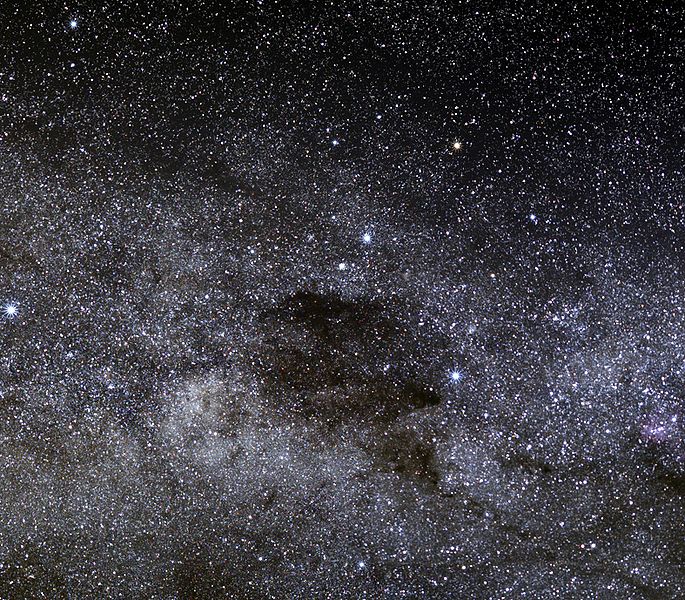Файл:Coalsack-ESO-B06.jpg
Перейти к навигации
Перейти к поиску

Размер этого предпросмотра: 685 × 600 пкс. Другие разрешения: 274 × 240 пкс | 548 × 480 пкс | 877 × 768 пкс | 1170 × 1024 пкс | 1574 × 1378 пкс.
Исходный файл (1574 × 1378 пкс, размер файла: 1,22 Мб, MIME-тип: image/jpeg)
История файла
Нажмите на дату/время, чтобы посмотреть файл, который был загружен в тот момент.
| Дата/время | Миниатюра | Размеры | Участник | Примечание | |
|---|---|---|---|---|---|
| текущий | 16:58, 21 ноября 2009 |  | 1574 × 1378 (1,22 Мб) | Fabian RRRR | {{Information |Description={{en|1=The Coalsack is one of the most prominent dark nebulae visible to the unaided eye. A beautiful sight in the southern sky, the Coalsack casts a dark silhouette against the Milky Way’s bright stripe of stars. The Coalsack |
Использование файла
Следующая страница использует этот файл:
Глобальное использование файла
Данный файл используется в следующих вики:
- Использование в de.wikipedia.org
- Использование в el.wikipedia.org
- Использование в en.wikipedia.org
- Использование в fi.wikipedia.org
- Использование в fr.wikipedia.org
- Использование в ja.wikipedia.org
- Использование в pl.wikipedia.org
- Использование в simple.wikipedia.org
- Использование в sk.wikipedia.org
- Использование в sv.wikipedia.org
- Использование в tl.wikipedia.org
